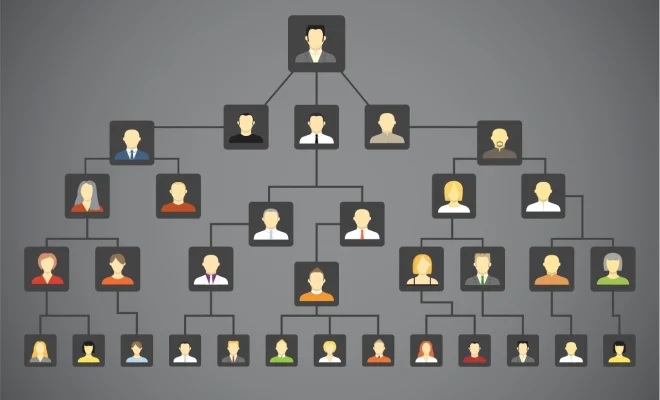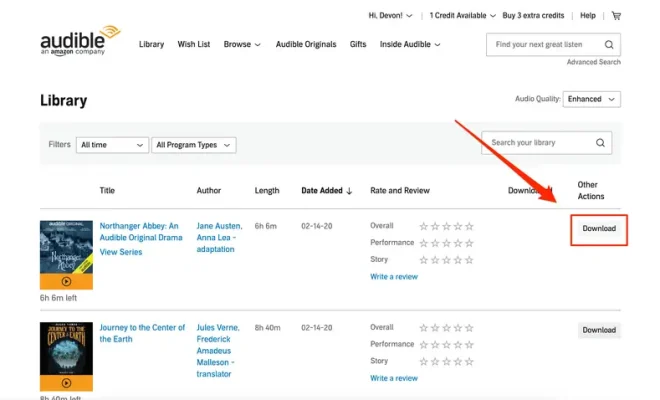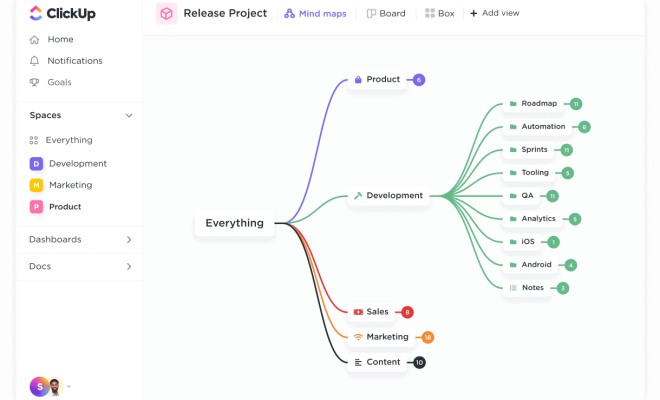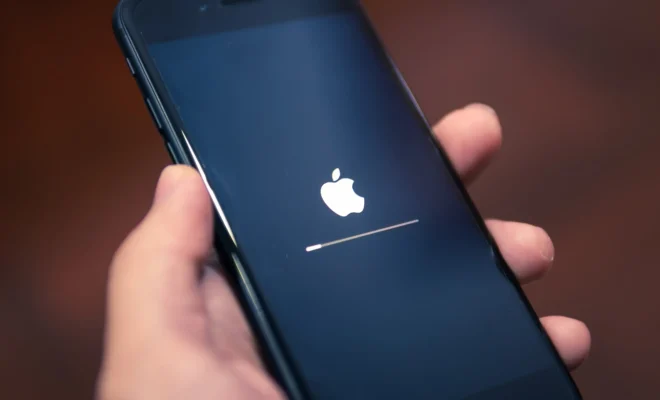How to Delete a Windows Recovery Partition

Windows operating systems typically come with a recovery partition that is designed to help users restore their computer to the factory settings or fix certain issues in case of a system failure. While this can be a useful feature, some users may choose to remove the recovery partition to free up disk space or streamline their system. In this article, we will discuss How to Delete a Windows Recovery Partition.
1. Back up your data
Before you remove a recovery partition, it is crucial to back up all your critical data to an external storage device. This backup will ensure that your files and essential software applications are safe and accessible when needed.
2. Identify the Recovery Partition
To delete a recovery partition, you must first identify its location on your hard disk. You can do this by launching Disk Management from the Control Panel, which will display all the partitions available on your system. The recovery partition is usually labeled “RECOVERY” and identified as a Healthy (Recovery Partition) in the Disk Management utility.
3. Disable System Protection
In some cases, the recovery partition may be protected by the Windows System Protection feature, which prevents it from being deleted. You will need to disable this protection before deleting the partition. To do this, go to the System Properties window in the Control Panel, click on the System Protection tab, and disable the protection settings for the recovery partition.
4. Use a third-party tool
If the recovery partition is not protected, you can delete it using Disk Management. However, if the partition is protected, you may need to use a third-party tool like the EaseUS Partition Master, MiniTool Partition Wizard, or GParted to delete the partition accurately.
5. Delete the Recovery Partition
To delete the recovery partition, right-click it in Disk Management and select the Delete Volume option. A warning message will appear to confirm that you want to delete the partition. Click Yes to proceed, and Windows will delete the partition.
6. Extend your primary partition
After deleting the recovery partition, you can extend your primary partition and merge the unallocated space to it. Right-click your primary partition, select the Extend Volume option, and follow the prompts to extend the partition.
7. Enable System Protection
If you disabled system protection earlier, you should re-enable it after deleting the recovery partition. This will help protect your system from future issues and ensure you have a reliable backup system.
In conclusion, removing a recovery partition can free up valuable disk space on your system, but it can also expose you to risks if you do not back up your data beforehand. Therefore, follow the steps mentioned in this article carefully, and if you’re not sure, seek the help of a professional.






